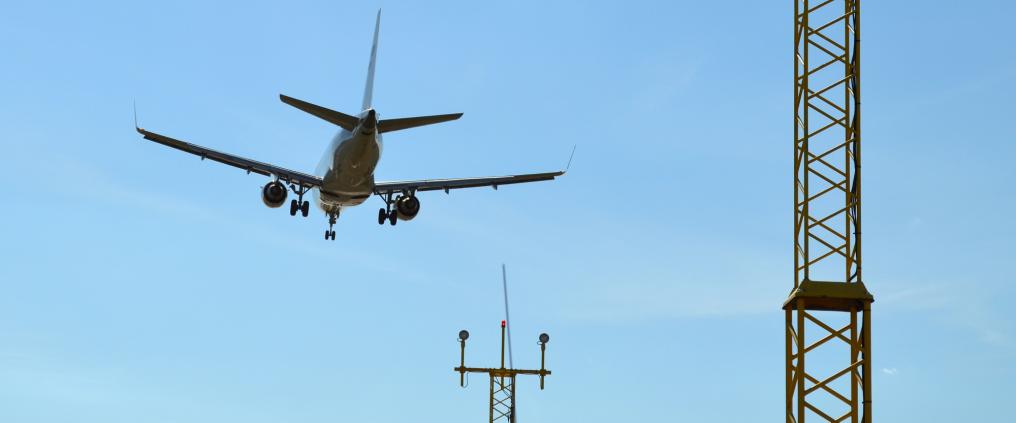The meeting was the first of the Baltic Sea Workgroup founded by the International Civil Aviation Organization, ICAO.
Points of discussion included technical and operational solutions for maintaining a high level of aviation safety in the Baltic Sea region, including in the future.
"This work is just beginning, but we will review the types of cases in which aviation safety tends to be compromised. We will then jointly consider possible solutions for such situations, focusing on circumstances in the Baltic Sea in particular. Trafi, LVM and Finavia are strongly committed to promoting the activities of this workgroup" says the moderator of the meeting, Kari Siekkinen of Trafi.
As possible solutions to enhancing safety, issues such as information exchange and, above all, procedures related to coordination between air traffic controllers were raised at the meeting. The forwarding of flight plans, possible changes in route networks and avoiding unnecessary flying without transponders were also discussed. As traffic increases in the region, such measures will further improve safety.
The workgroup operates under the auspices of the ICAO and is developing local solutions to the challenges facing the Baltic Sea region. If necessary, the experience gathered can be used later in the revision of global practices when coordinating the activities of military and civilian aviation.
"Similar challenges exist elsewhere, not just in the Baltic Sea region. Military aircraft flying "dark", i.e. without transponders, are not violating any rules. States must ensure that military aircraft flying "dark" do not pose a hazard to civilian aircraft. We are now seeking common practices for this activity. If the required information has been forwarded to air traffic controllers in the area in a coordinated manner, flying "dark" poses no particular risk," Siekkinen points out.
The next meeting of the workgroup will be held in the autumn of 2015.
Source: Trafi press release 2.7.2015



